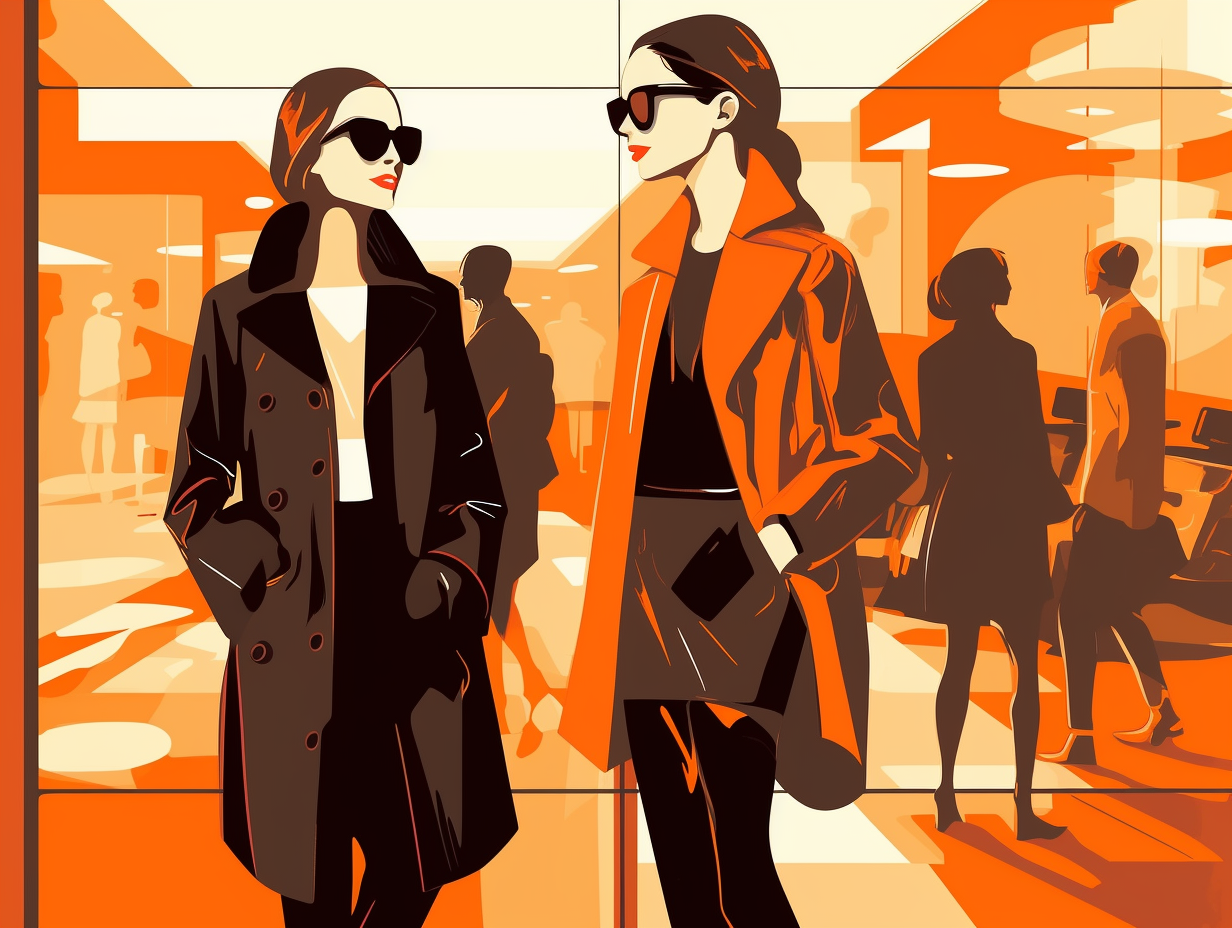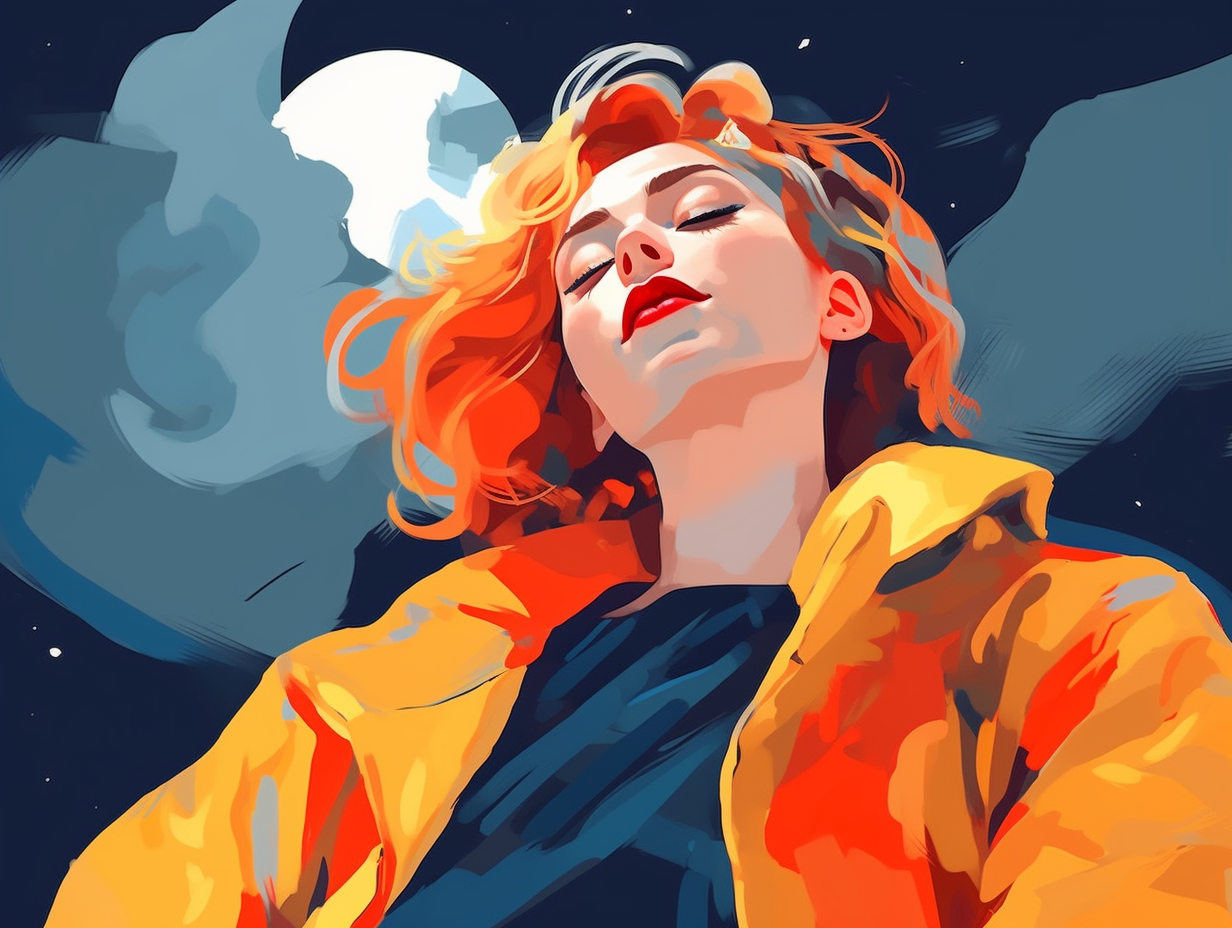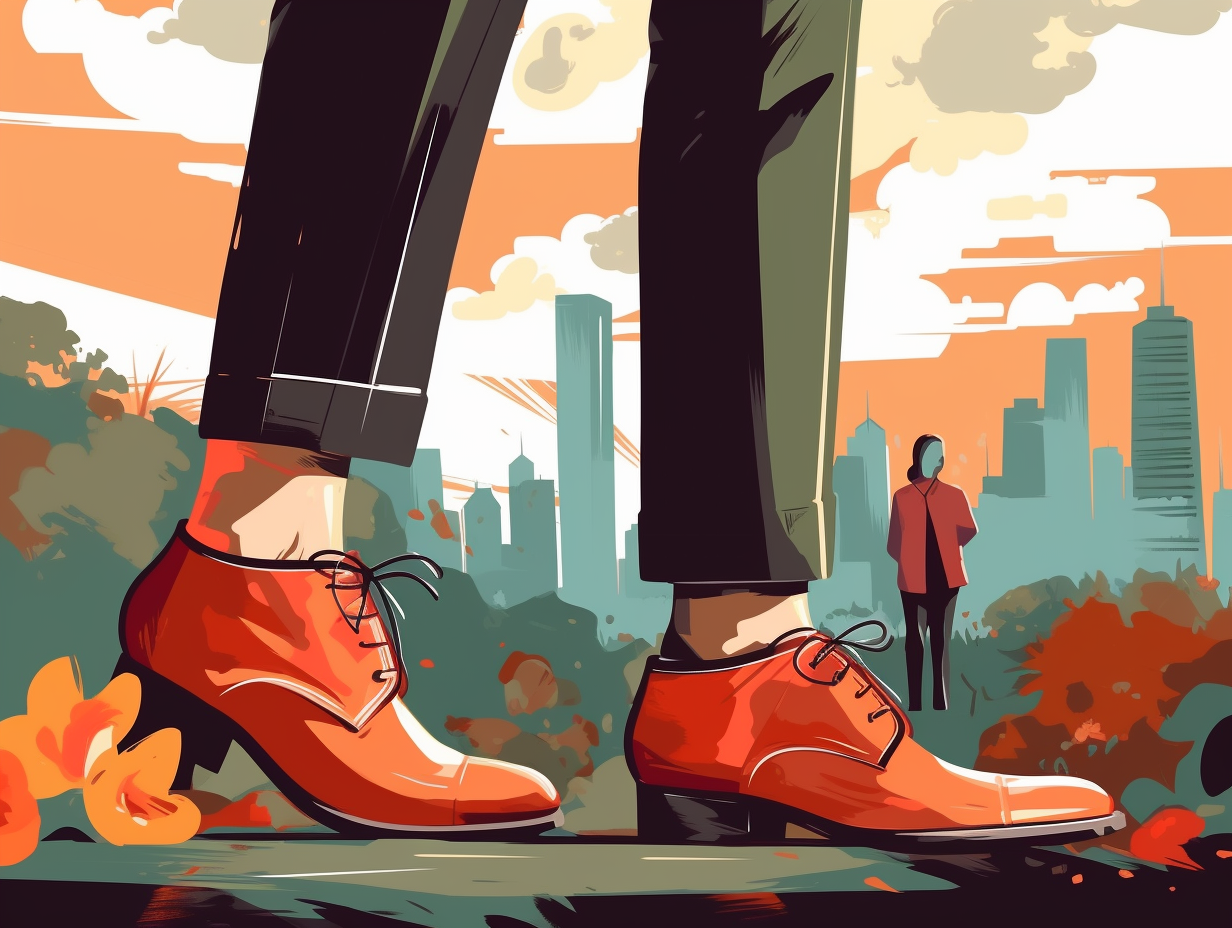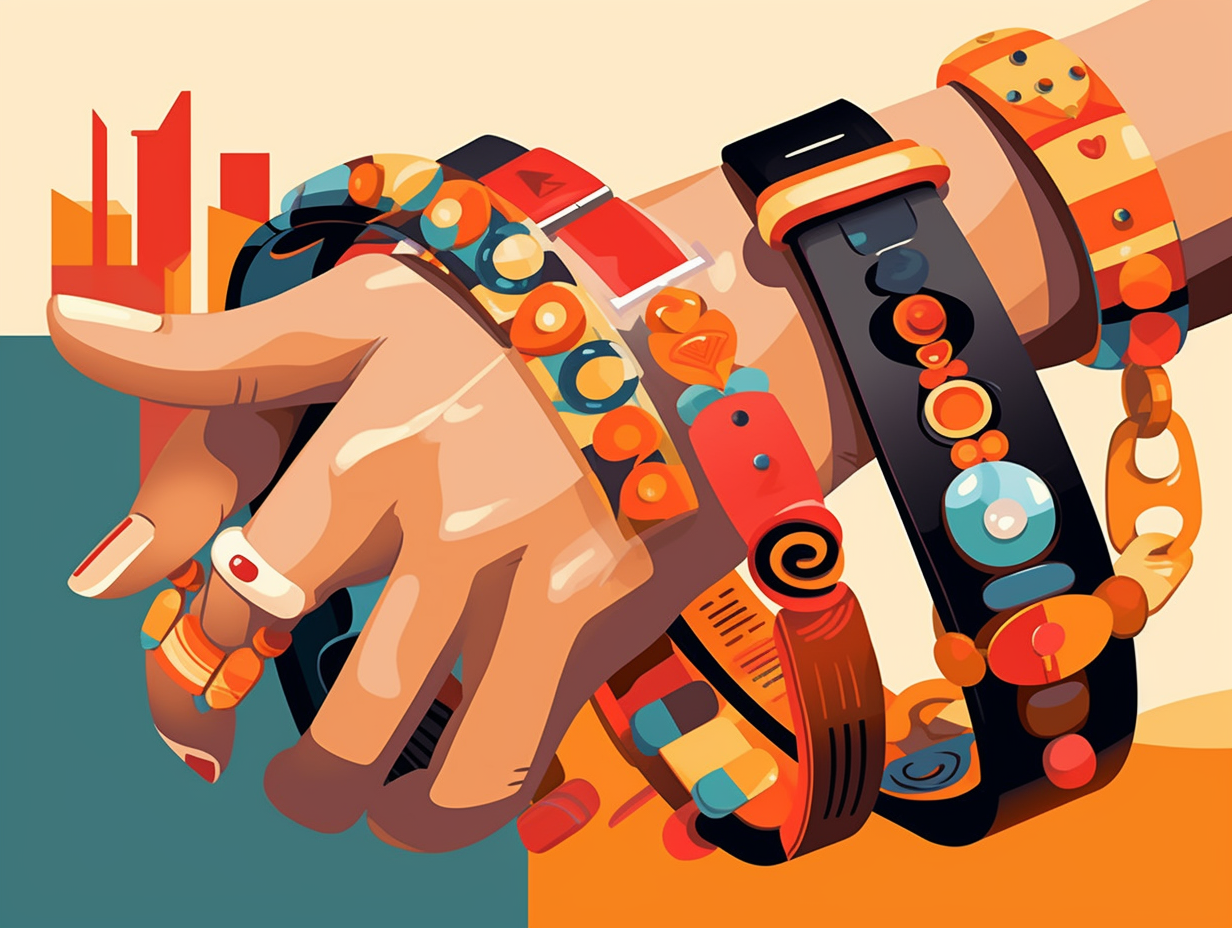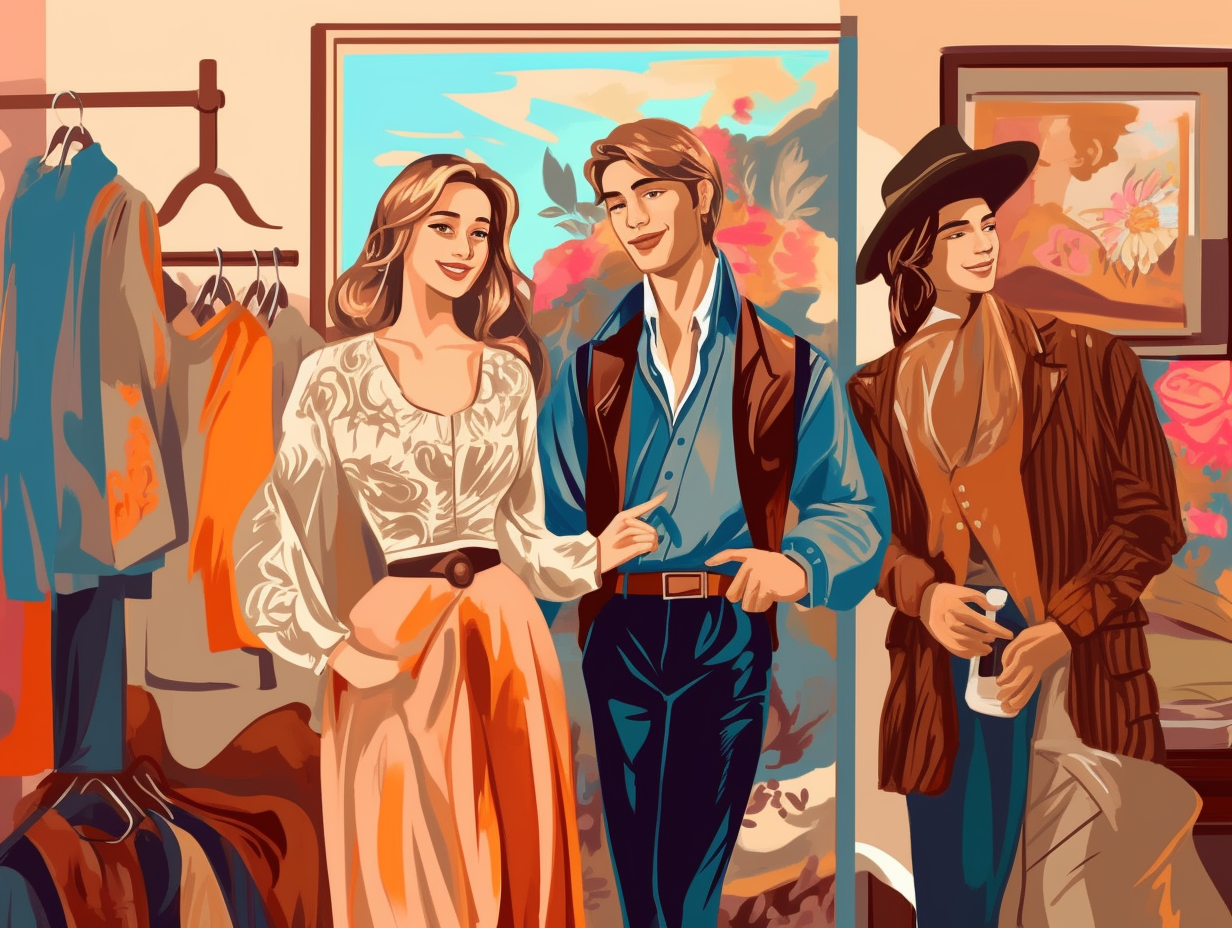10 Wig-tastic Fun Facts: Unraveling the Hair-raising History of Wigs!

1. Founding Fathers Say No to Wigs
Wiggin' out in the 18th century: While we might picture the Founding Fathers rocking some seriously stylish hairpieces, most of them actually abstained from embracing the wig craze. Only a few, like Thomas Jefferson and James Monroe, reluctantly sported wigs for ceremonial purposes, while George Washington opted to powder his own fiery red locks instead.
Source => historycollection.com
2. Ancient Egyptian Lice-Fighters
Wigs: Ancient Egypt's answer to lice-fighters, sun protectors, and warrior headwear before helmets were even a thing! In the era of pyramids and pharaohs, people donned wigs primarily for hygienic reasons and used human hair in their construction, often trading for the perfect locks if their own weren't quite cutting it.
Source => arizonawigco.com
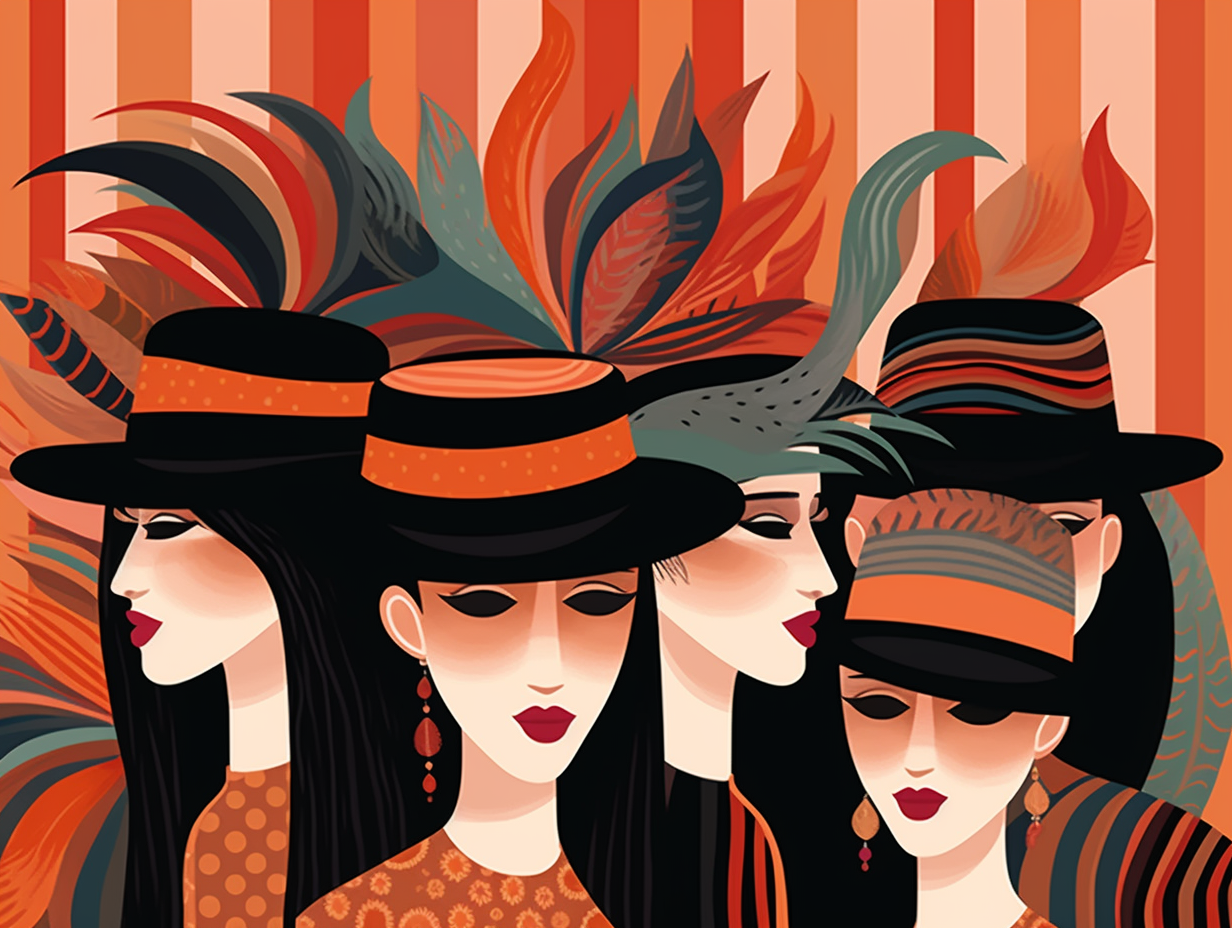
Did you know college grads are personalizing their mortarboards with quotes, images, and symbols, creating a trendy wave of cap decorating? Discover innovative designs and the inspiration behind this creative flair.
=> Fun Facts about Hats
3. Wig Whimsy: Pomade and Powder
Wig Whimsy: When 1700s hairstylists really "let their hair down", they slathered it in pomade, a concoction of fats, perfumes, and boiled apples, followed by a dusting of colored powder with a swan-down puff and a spritz of fragrance, all to hide that sneaky fact that wigs rose to fame as a lice-evasion tactic and were often made from hair sourced from questionable characters such as criminals, cadavers, and plague victims.
Source => livesandlegaciesblog.org
4. Military Men's Powdered Styles
Queue the Powder: In the 18th century, military officers and gentlemen brought salon fabulousness to the battlefield, sporting wigs that wouldn't budge during the heat of action. A favorite style was the pigtail or queue. Meanwhile, common soldiers made do with false queues, powdering their real hair, a trend even George Washington followed despite his rank : These freshly powdered hairstyles were made using flour and tallow and had to be maintained at all times, ensuring that their "buns were secure" in camp, on parade, or amidst the mayhem of battle.
Source => revolutionarywarjournal.com
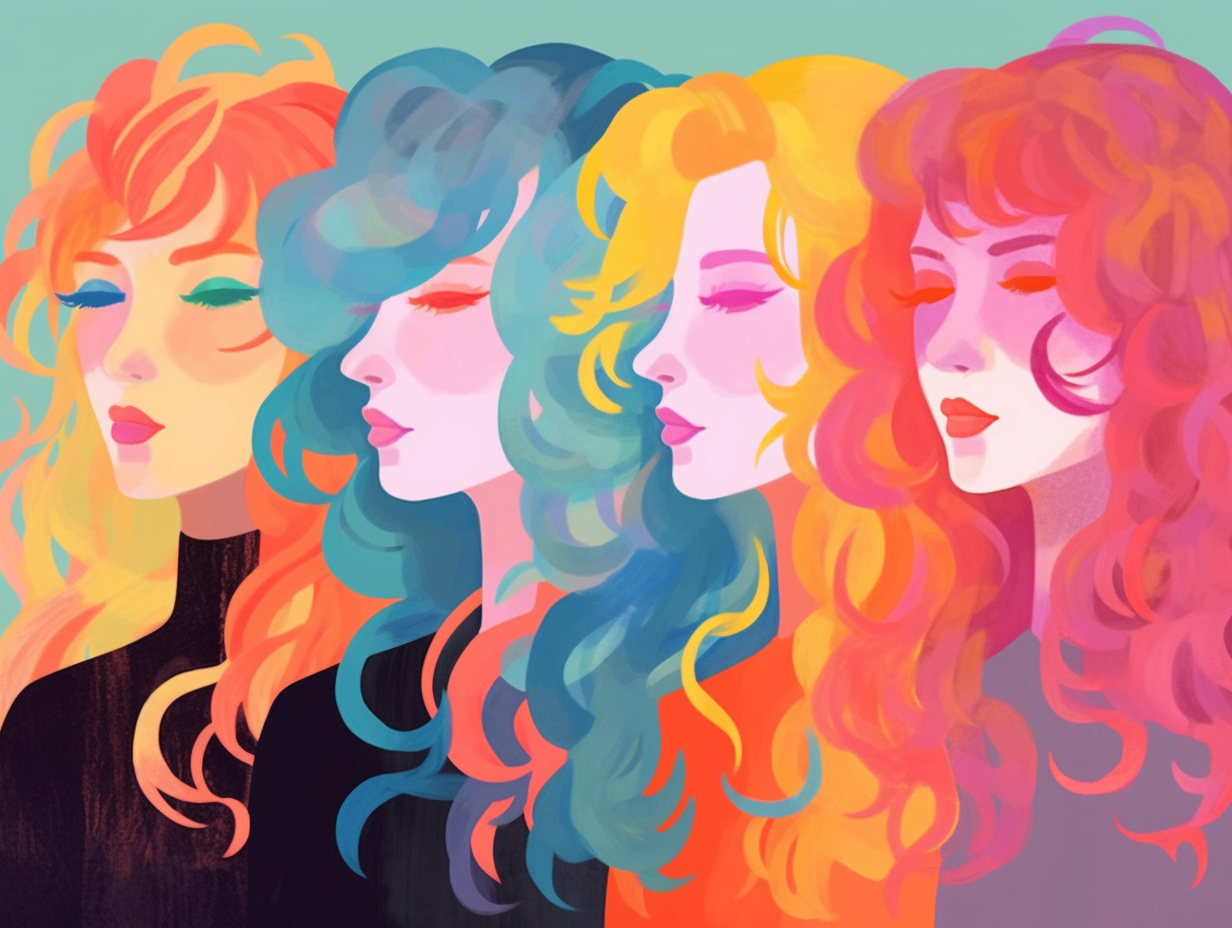
5. French Ladies' Towering Hairdos
Long before the days of Lady Gaga's meat dress, 18th-century French ladies were putting the 'hair' in hair-raising with their birdcage-bearing bouffants and ship-sailing coiffures: Among these sky-high hairstyles, women often used padding, powder, and false hair to create intricate formations adorned with ribbons, pearls, and jewels, crafting styles like the twisted curly tête de mouton or the towering hair pyramids that refused to be outdone by their garden variety counterparts.
Source => demodecouture.com
6. Modern Baldness Solutions
Once upon a time, there were men who'd rather sport powdered wigs than pull a Benjamin Franklin and let it all hang out: back in 17th century France, noble gentlemen rocked the wig life to hide male pattern baldness – although, contrary to popular opinion, the esteemed founding father himself opted to simply grow his hair long, rejecting the wigged ways of his European counterparts. Nowadays, hair-challenged gents can take advantage of modern marvels like AZ Hair Restoration's surgical solutions to turn their follicular frowns upside down.
Source => azhairrestoration.com
7. 18th Century Comb Overs
Wigs in the 18th century: the original comb over! These hairy accessories were the secret weapon for men and women looking to hide thinning crowns and receding hairlines: it was a time when a full head of hair was matter of high style and wigs prevented follicle-challenged individuals from missing out on the fashionable trend, masking their hair loss due to reasons like early onset baldness, illness, or poor nutrition.
Source => silive.com
8. Zero-Gravity Hair Problems
Houston, we have a hair problem: Astronauts on the International Space Station, faced with the untamable havoc of zero-gravity hair, often resort to cutting it short or tying it in a ponytail – just like Suni Williams, who boldly went a step further and donated her ponytail to a wigmaking program for cancer patients on Earth, even having her hair itemized on a cargo list for return! No word on using wigs for in-space costume parties, though.
Source => abcnews.go.com
9. Prestigious Hairpieces of 17th Century
In a hairy situation where long locks were a cut above the rest, the affluent strutted their stuff with head-turning hairpieces: In the 17th century, wigs made from human hair became a prestigious accessory for men and women alike, and selling one's own hair could fetch a week's wage for women!
Source => philocalyhairextensions.com
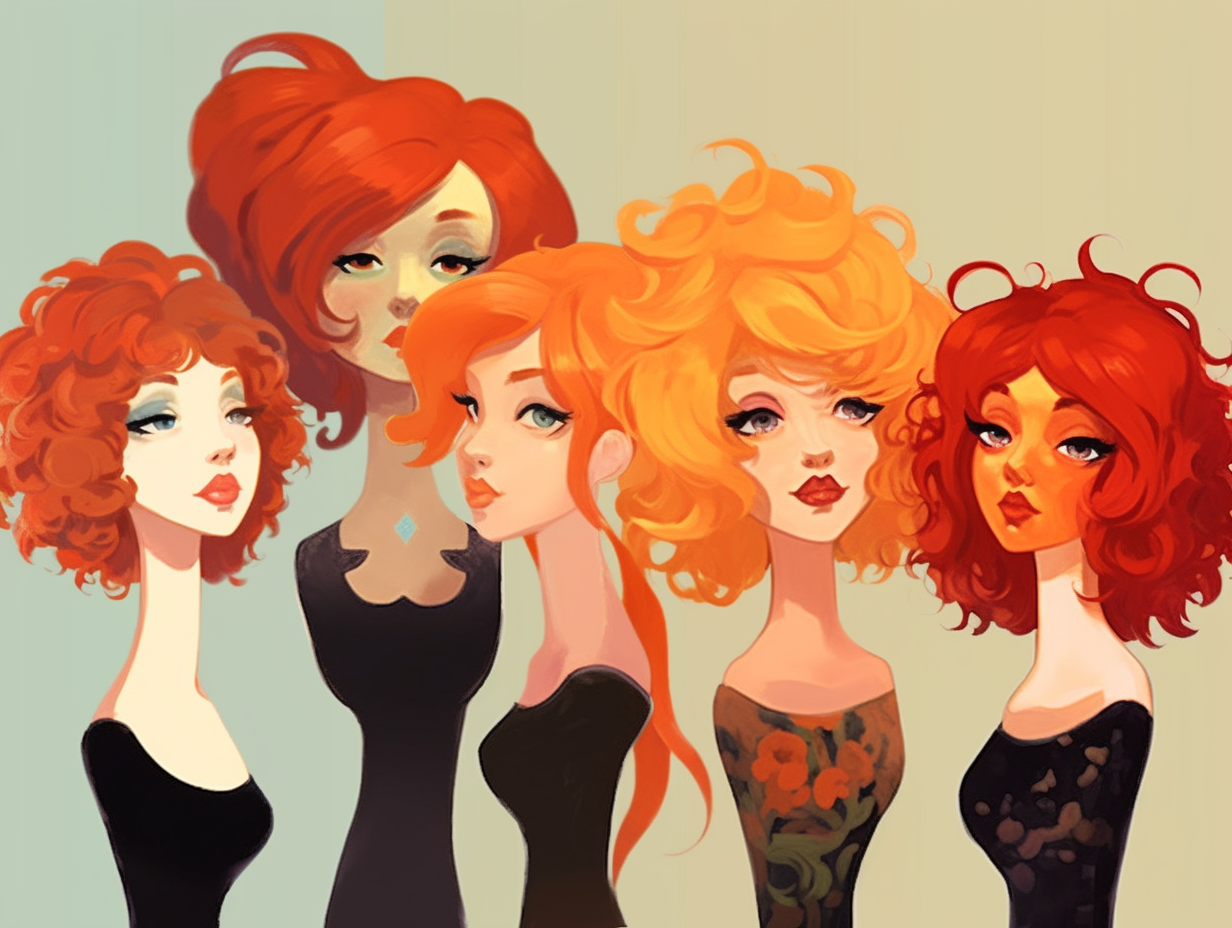
10. Locks of Love's Magical Prostheses
While Rapunzel may have let down her hair for her prince, the real magic happens at Locks of Love, where kids with hair loss are treated like royalty: Locks of Love provides custom full cranial prostheses – not wigs – free of charge to financially disadvantaged children, crafted using a mold of their heads for a perfect vacuum fit, eliminating the need for sticky tape or glue that comes with traditional wigs.
Source => locksoflove.org
Related Fun Facts




